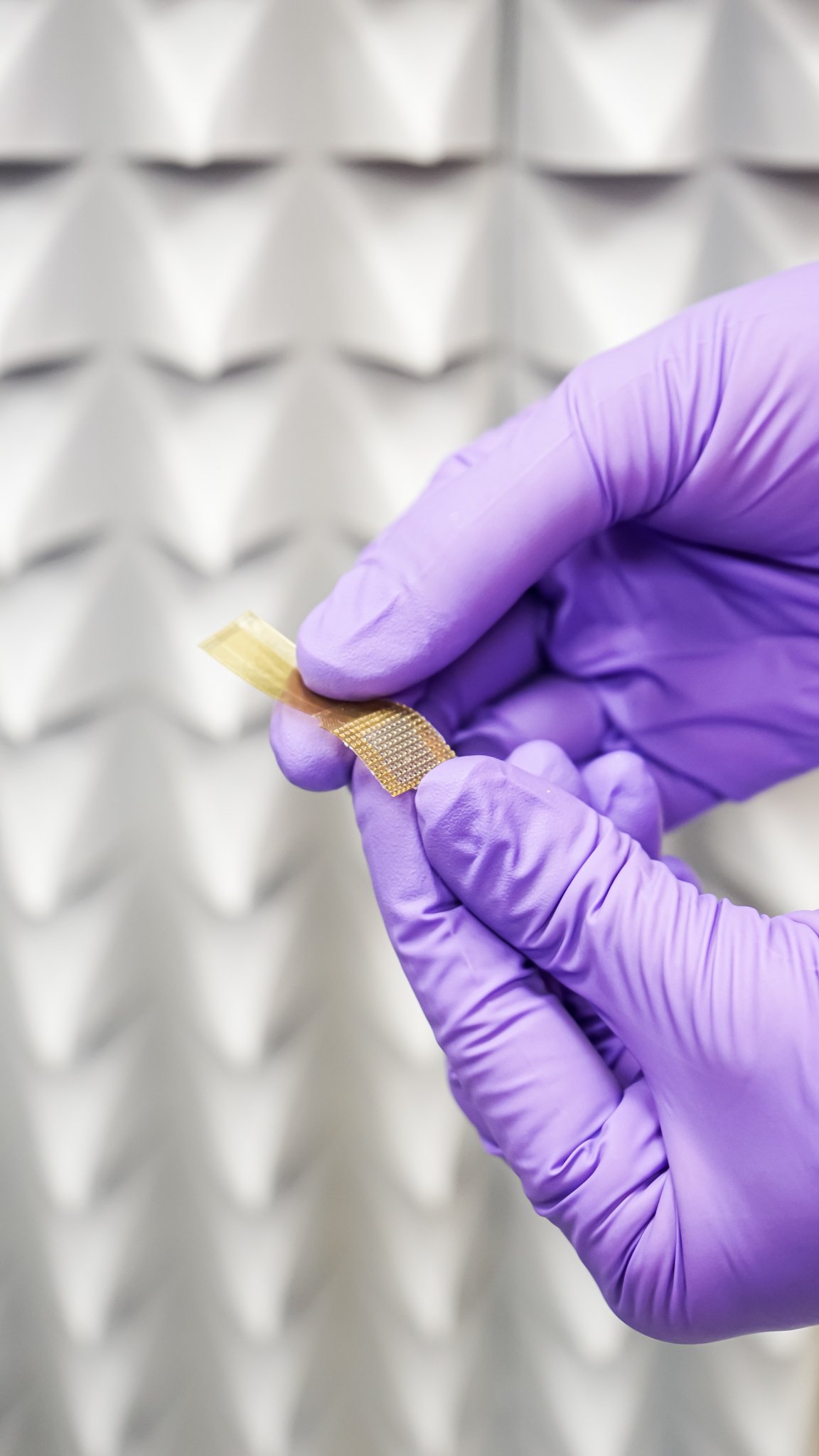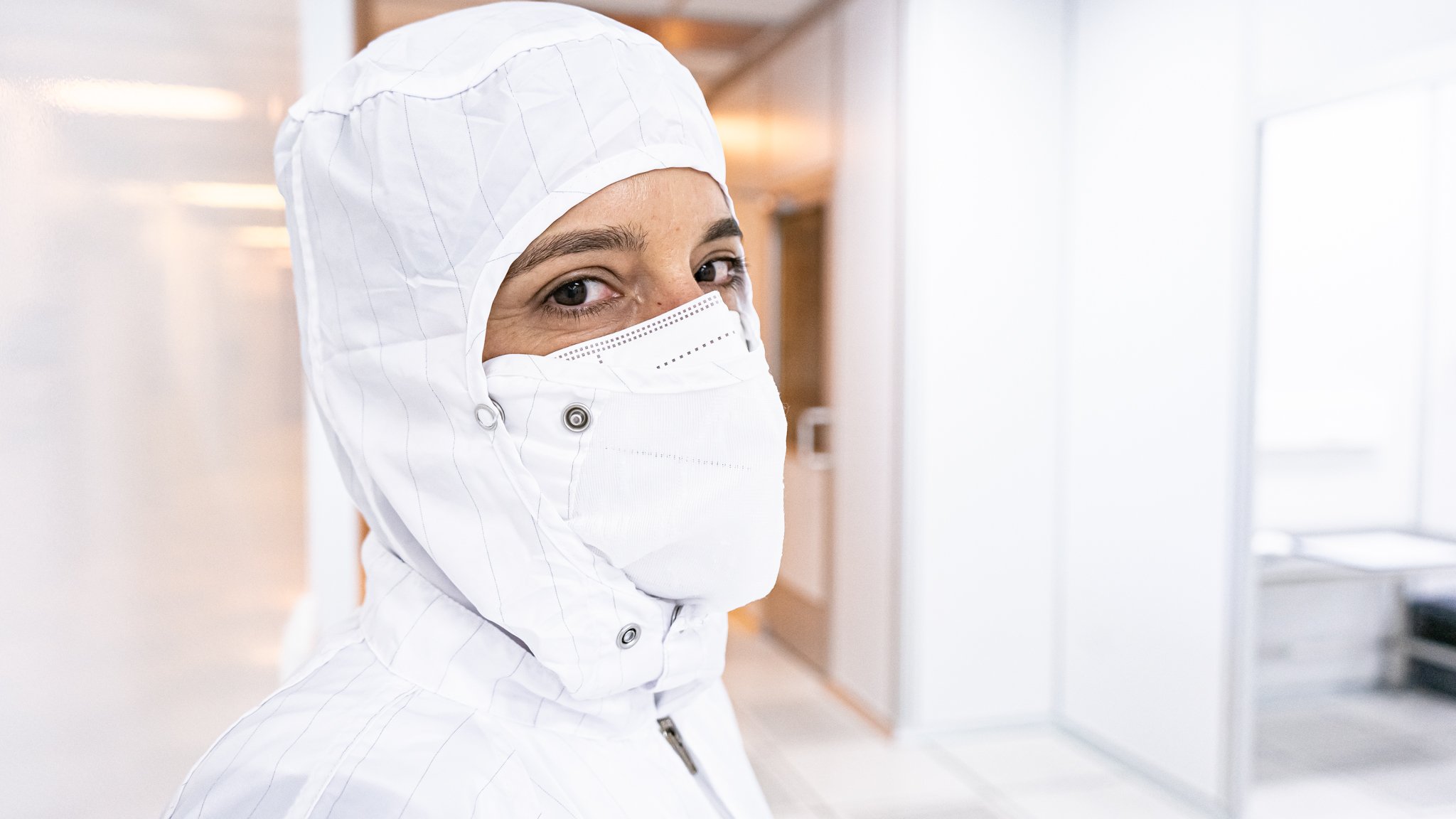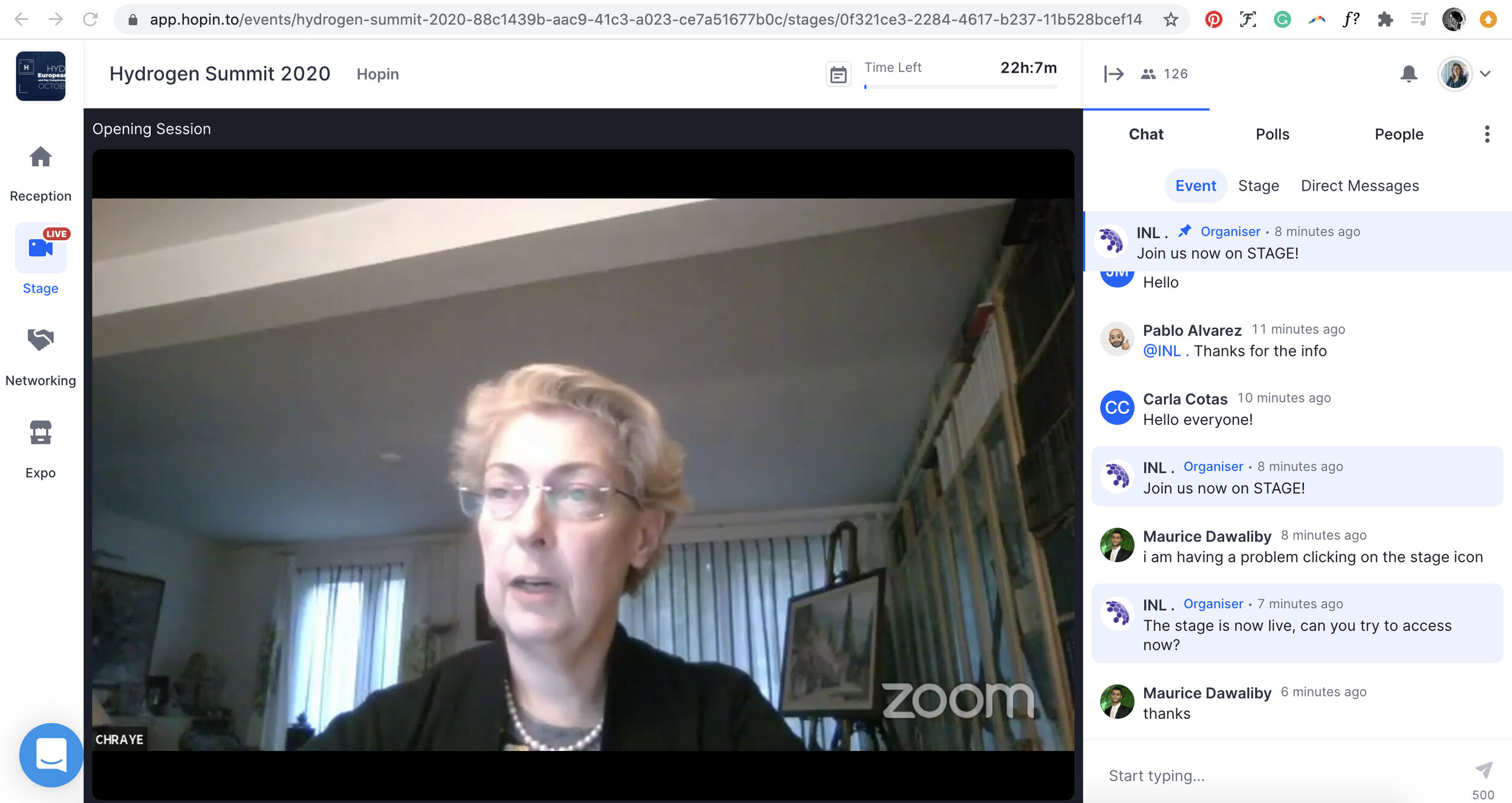
Edoardo Sotgiu, reproducing technology that can create an experience of touch by applying forces, vibrations, and motions
November 16, 2022
Meet Edoardo Sotgiu, Research Engineer in the group of Microfabrication and Exploratory Nanotechnology (iMINA) at INL – International Iberian Nanotechnology Laboratory. He focuses his research on the field of haptics and his research interests vary from biomechanics and human movement analysis, to control of exoskeleton robotic devices, and robot-assisted neurorehabilitation to the pedestrian navigation system for blind people.
Can you tell us a bit about your path and your main area of work?
I started by taking a master’s degree in mechanical engineering at the University of Pisa, and then worked as a research fellow at Scuola Superiore Sant’Anna at PerCro, a research laboratory focused on the human-robot interface and haptic devices.
I’ve spent many years at PerCro, involved in many national and international projects, ranging from the development of control of parallel kinematics haptic interface for bilateral teleoperation system for surgeries to the development of autonomous mobile robot based on bio-inspired vision, from vibrotactile and sensing devices for psychophysics study on human perception in a virtual environment to the development and control of exoskeletal robotic devices for neuro-rehabilitation robotic therapy, to pedestrian navigation systems for blind people.
In 2017, I took a new opportunity at INL. Here I would be able to explore the use of micro-technology in the development of haptic devices I am now a Research Engineer in the IMINA research group and my current research is focused on the field of haptics, including tactile sensors and actuators. In this context, in collaboration with Edilásio (Ibermoldes) – a plastic injection moulding company -, we proposed a project, Product-In-Touch. Under this project, thanks to the support of Diogo Aguiam and many other colleagues of IMINA research group, we develop a flexible tactile sensor array for surface recognition and a pneumatic-based tactile actuator array for VR simulation of the interior car.
The project finished in 2021, and I’ve already been involved in submitting a new proposal for a new European project for exploiting such tactile sensors in an industrial set-up. In parallel, my research continues and I am exploring many different technologies and materials for new tactile sensors and actuators in collaboration with some colleagues of the IMINA research group.
In parallel, I’ve been involved, under the FDPanel project, in the development of MEMS-based capacitive acoustics and ultrasonic speaker.
How will interactions change through haptics? How can it be helpful?
The ProTouch project, specifically, allowed us to develop and test both a haptic sensor for capturing surface textures and a haptic display to virtually render the tactile sensation on the fingertip of a user interacting with virtual objects. The intent was to reproduce the tactile sensations in the interaction between the user and car interiors, creating the prerequisites for the development of a tool to validate the quality of plastic injection surfaces before their fabrication.
Speaking of tactile sensors, the applications that can benefit from them are many. They range from improving the perceptual ability of autonomous or teleoperated robots (humanoid and non-humanoid) to extending human-machine interfaces used to transmit commands and information in real-time.
One of the fields that can benefit most is the medical field, where haptic sensing can be critical as a functional skin for prostheses, enriching their perceptual capabilities, in joint replacement procedures, incorporating smart sensors to monitor load distribution, or even in enhancing the fine tactile perception of slave surgery robots remotely controlled by the medical staff.
Shifting the focus to haptic feedback devices, the idea of rendering kinesthetic and haptic sensations on humans has been a research challenge since the 60s. Indeed, a variety of applications can benefit from their use ranging from telepresence to bilateral teleoperation, especially in the medical field (for example, in minimally invasive surgery or robotic rehabilitation), from virtual applications for gaming or virtual training for a complex and dangerous task to applications in prosthetics.
In addition, the recent development of tactile feedback touchscreens is paving the way for the introduction of a completely new communication channel between the smartphone and the user.
Such innovation is leading to revolutionise, for example, the online commercial field, enriching visual and audio feedback to the customer for product selection, or the social sphere, going on to change the way people interact virtually.
Any advice for students considering a career in science or engineering?
Keeping your personal skills and your own motivation and research goal, I would advise to complete the master’s degree and consider achieving a postgraduate qualification, by gaining experience in the field of academics and research. I also suggest undertaking internships or work experience, preferably abroad. This will help you make a decision about your future and your career, whether it is more academically or professionally oriented.
Also, I would like to give some tips, which I hope can help, like asking people for help, having the courage and don’t avoid something just for fear of failing, working as hard as you can, and also, don’t worry too much about the failures, because you can learn more from them and they will help you grow.







